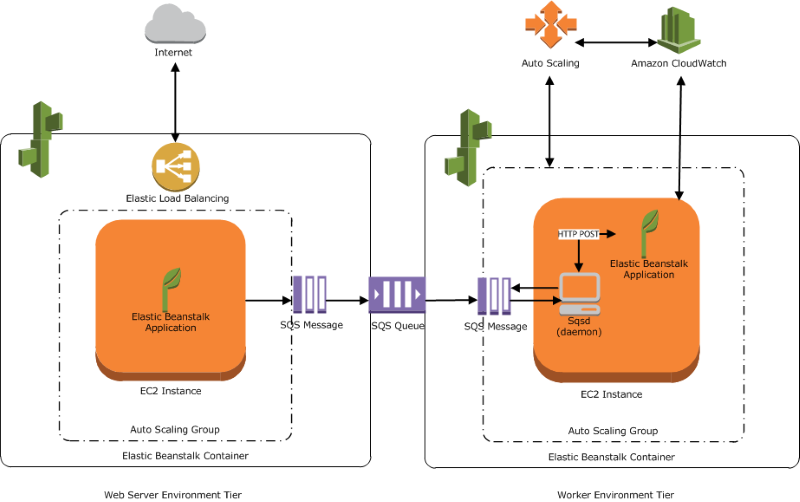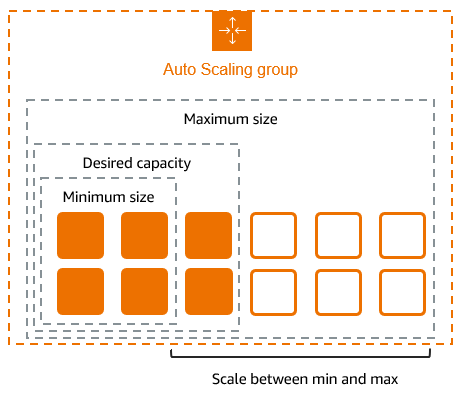Introduction: The Automation Revolution
Remember the days when deploying code meant late nights, takeout food, and at least one person saying "it works on my machine"? If you're nodding, you've experienced life before DevOps automation. Today, we're kicking off our "Mastering Automation in DevOps" series by breaking down why automation isn't just nice to have – it's completely changing the game.
As we explore the world of DevOps automation at DevOps Horizon, we'll unpack how automation is transforming both the technical landscape and the humans working within it. Whether you're a DevOps veteran or just starting your journey, understanding automation's impact is crucial for staying relevant in today's tech ecosystem.
The Human Side: How Automation Changes Work Life
Let's start with what matters most – people. Before diving into tools and processes, it's worth understanding how automation reshapes the daily lives of DevOps teams:
From Firefighters to Fire Preventers
Pre-automation, DevOps engineers often worked as digital firefighters – constantly reacting to emergencies and performing repetitive, manual tasks. Mark, a DevOps lead I recently spoke with, put it perfectly: "Before we automated our deployment pipeline, I spent 70% of my time doing the same tasks over and over. Now I spend that time improving our systems and actually solving interesting problems."
This shift from reactive to proactive work is perhaps automation's greatest human benefit. Teams move from constantly putting out fires to preventing them in the first place.
Reduced Stress, Increased Satisfaction
Manual deployments are stressful. One mistyped command or forgotten step can lead to outages, customer complaints, and those dreaded 3 AM alert calls. By removing human error from repetitive tasks, automation significantly reduces work-related stress.
Studies consistently show that teams with high automation report:
- Higher job satisfaction
- Lower burnout rates
- More time for creative problem-solving
- Better work-life balance (goodbye middle-of-the-night deployments!)
Skill Evolution, Not Replacement
A common fear is that automation will replace jobs. The reality? It transforms them. Rather than eliminating positions, automation shifts the skill focus from repetitive task execution to strategic thinking, system design, and continuous improvement.

The Technical Impact: Why Automation Changes Everything
Now that we understand the human benefits, let's explore the technical advantages that make automation the backbone of modern DevOps:
1. Speed and Efficiency: Accelerating Everything
In today's competitive landscape, speed matters. Automation dramatically reduces time-to-market by:
- Eliminating manual bottlenecks: Tasks that once took days now happen in minutes
- Enabling continuous integration/continuous deployment (CI/CD): Code changes can flow from commit to production automatically
- Reducing context switching: Engineers can focus on one task instead of juggling multiple manual processes
Real-world example:
Netflix's deployment pipeline automatically progresses code through testing environments and can deploy to production with minimal human intervention. This allows them to deploy thousands of times per day across their infrastructure, something physically impossible with manual processes.
2. Consistency and Reliability: Banishing "Works on My Machine"
The consistency automation provides can't be overstated:
- Environment parity: Automation ensures development, testing, and production environments remain identical
- Repeatable processes: Every deployment follows the exact same steps every time
- Configuration as code: Infrastructure and configuration details are version-controlled, documented, and reproducible
When a process is automated, it executes identically regardless of who triggers it or when it runs. This eliminates the classic "it worked yesterday" and "it works on my machine" problems that plague manual workflows.
3. Quality Improvements: Better Code, Fewer Bugs
Automated testing transforms quality assurance from a bottleneck to a continuous process:
- Comprehensive test coverage: Automated tests can cover far more scenarios than manual testing
- Instant feedback: Developers learn about issues immediately after committing code
- Shift-left security: Security scanning becomes part of the development process, not an afterthought
One study found that teams using automated testing catch up to 90% of bugs before code reaches production, compared to just 30% with manual testing alone.

4. Scalability: Growing Without Growing Pains
As systems scale, manual processes become increasingly unsustainable:
- Infrastructure as Code (IaC): Tools like Terraform and CloudFormation manage infrastructure through code, making it possible to scale environments up or down programmatically
- Auto-scaling: Systems automatically adjust resources based on demand
- Self-healing systems: Automation can detect and resolve common issues without human intervention
5. Enhanced Security and Compliance
Automation significantly improves security posture by:
- Consistent security controls: Security checks are applied consistently across all environments
- Rapid vulnerability patching: When vulnerabilities are discovered, patches can be deployed quickly across all affected systems
- Audit trails: Automated processes generate detailed logs of all changes, simplifying compliance reporting
The Toolbox: Essential Automation Tools in DevOps
Understanding the benefits is great, but which tools actually make this happen? Here's a practical overview of the automation toolkit:
CI/CD Pipelines
- Jenkins: The veteran of CI/CD, highly customizable with extensive plugin support
- GitHub Actions: Integrated directly into GitHub repositories, making it easy to automate workflows
- GitLab CI: Part of GitLab's all-in-one DevOps platform
- CircleCI: Cloud-native CI/CD service focused on speed and efficiency
Infrastructure as Code
- Terraform: Cloud-agnostic IaC tool that works across providers
- AWS CloudFormation: Native infrastructure automation for AWS environments
- Pulumi: Modern IaC that lets you use familiar programming languages
- Ansible: Combines configuration management with infrastructure provisioning
Configuration Management
- Ansible: Simple, agentless configuration management using YAML
- Chef: Configuration management using Ruby-based recipes
- Puppet: Powerful configuration management with its own declarative language
Containerization & Orchestration
- Docker: The standard for containerizing applications
- Kubernetes: Container orchestration platform that automates deployment, scaling, and management
- Helm: Package manager for Kubernetes that simplifies application deployment
Monitoring & Observability Automation
- Prometheus: Metrics collection and alerting
- Grafana: Visualization platform for metrics
- ELK Stack: Log collection, search, and analysis
- Datadog: Comprehensive monitoring with automated anomaly detection

Getting Started: Practical Steps to Automation Success
If you're excited to bring automation to your organization, here are some practical first steps:
1. Start Small, Think Big
Begin with a single, high-value process that causes pain. Common starting points include:
- Automating the build process
- Setting up automated testing
- Creating consistent development environments
2. Document Current Workflows
Before automating, understand your current processes in detail. You can't automate what you don't understand. Map out manual steps, dependencies, and decision points.
3. Choose the Right Tools
Select tools based on your specific needs, team skills, and existing technology stack. Don't just chase the newest shiny object.
4. Build a Culture of Automation
Encourage a mindset where the response to repetitive tasks is "How can we automate this?" rather than "Who will do this?"
5. Measure Impact
Track metrics before and after automation to demonstrate value:
- Deployment frequency
- Lead time for changes
- Mean time to recovery
- Change failure rate
Avoiding Common Pitfalls
As you embark on your automation journey, watch out for these common mistakes:
- Over-automation: Not everything needs to be automated. Focus on high-value, repetitive tasks first.
- Automating broken processes: Fix broken processes before automating them.
- Neglecting documentation: Automated systems still need clear documentation.
- Ignoring maintenance: Automation requires ongoing maintenance and updates.
Conclusion: The Future Is Automated
As we've seen, automation in DevOps isn't just about tools and technology—it's about transforming how teams work, collaborate, and deliver value. By freeing humans from repetitive tasks, automation enables the creative problem-solving and innovation that truly drives organizations forward.
In our next post in this series, we'll dive into practical Bash and Python scripting—the foundation skills that make automation accessible to everyone. We'll explore how even simple scripts can save hours of manual work and set the stage for more advanced automation.
Are you ready to transform your DevOps practice with the power of automation? The journey starts now, and the possibilities are limitless.
This article is part of our "Mastering Automation in DevOps" series. Check out DevOps Horizon for more practical guides on DevOps best practices.




